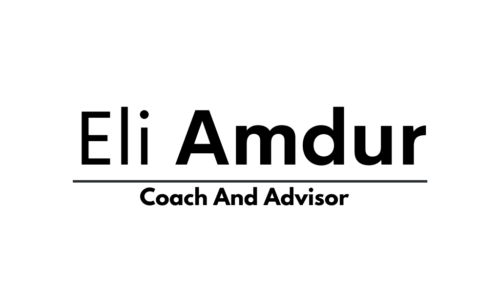Organizing For The Decade Ahead
By Eli Amdur
Organization Chart, n., A document that explains, in pictorial form, how an organization is supposed to work – and then clearly exposes why it doesn’t.
So much for my attempt at a modern-day version of Ambrose Bierce’s Devil’s Dictionary. It’s a serious consideration with a pointedly simple question: When’s the last time you had a good look at your company’s org chart?
No, not a quick glance to help you remember the name of that SVP upstairs who’s going to be on a task force with you? Or to plot out your next career move?
Forward Organizing
No, none of that. When’s the last time you took that thing out, spread it out on the conference room table, got your brain trust in the room, and asked one question: “Are we organized for the decade ahead?” Never mind the next decade for a moment. How about the next 18 to 24 months?
While an exercise like this should be an annual – or, perhaps, at least biannual – event, it’s not, in many organizations. And that’s the quickest way to set yourself up for extinction I can think of. And if not complete extinction, at least fighting for survival when you’re not the fittest species.
The reason? AI.
AI: Bigger, Faster, More Ubiquitous
Over the last 27years, I’ve provided leadership advisory services to the executive and HR teams to clients in 25 industries. Among the overarching themes that have emerged is this one: The nature, pace, and scope of change – the three viable new measurements of 21st century change – are all accelerating at much greater increments than we had anticipated. It’s not that we didn’t see AI coming; we did, especially those of us honest enough to admit we caught up with it in our rear-view mirrors. Who of us, two years ago, thought AI would be this totally transformational so soon?
We all do now.
More than skills. Traits
And what is becoming plainly evident is that a different perspective, a different vantage point, different set of skills, and an emphasis on a new set of traits must be developed to deal with the new sensibilities of the AI-driven 21st century. For instance, with the nature, pace, and scope of change evolving every day, more emphasis is being placed on hiring for traits – creative, intuitive, fearless, experimental, empathetic, inductive – found in right-brain thinkers – than on traditional skills which are, for the most part, found in left-brained people.
The left-brainer relies on accumulated experience; the right-brainer on being able to figure things out. The left-brainer likes the known; the right-brainer welcomes the new. The left-brainer relishes the concrete; the right-brainer the abstract. The left-brainer likes Johannes Brahms and the Rolling Stones; the right-brainer Leonard Bernstein and the Grateful Dead.
Looking at traits a little more than in the past will help organizations identify types of people they want to hire to solve new or old types of problems or take advantage of new or old types of opportunities.
A Leap of Faith
It is easier said than done to transition to a trait-based hiring plan – at least, in part – but in longitudinal follow-ups with two global clients who engaged in this in 2011 and 2012, we determined that getting over the fear of the unknown was the single biggest hurdle. It is still not without a few lingering peas under the princess’ mattress, but there is consensus that they are in good position to adopt to the world of AI – and beyond – and that their org charts reflect that.

